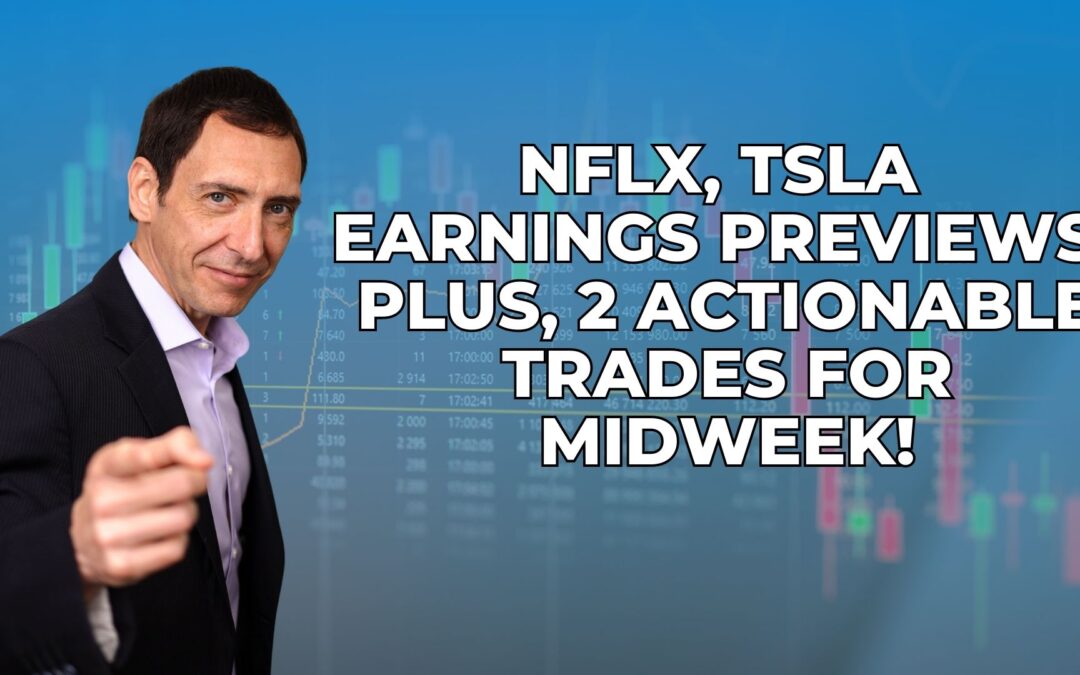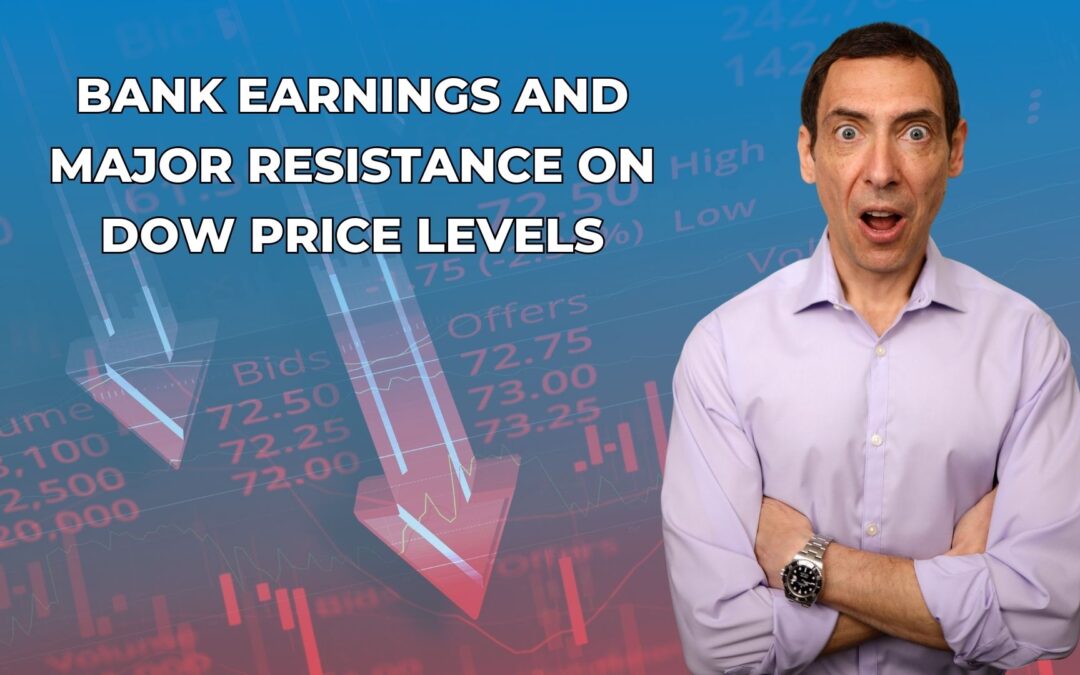Wall Street has turned to algorithmic trading more and more in recent years.
Retail investors not only have to compete with the deep pockets of institutions and other big-money traders, but also with their complex equations and automatic buy and sell triggers.
But as the saying goes, if you can’t beat ’em, join ’em!
Now more than ever before, it benefits everyday investors to learn the tricks of the trade and create their own algorithms.
That’s why today I’m going to cover the three of the pillars I follow to build a strong foundation for my algorithm-based strategies.
Pillar No. 1: Individual Trades or Clusters
One of the first things you want to decide when building your own system is whether to focus on individual trades or clusters.
A strategy focused on individual trades is exactly as it sounds — you’ll set parameters designed to aid in identifying the stock, fund or option with the most potential to move in a specific direction.
An example of a system built on individual trades would be my Pattern Trader strategy. With Pattern Trader, we screen stock charts for activity that matches the five specific patterns on which the strategy is built.
A strategy built on trading clusters involves buying several stocks, funds or options within a specific sector, or different sectors like we do with Alpha Rotation.
In this strategy, we enter four positions, usually going long three and short one as a hedge. We’ll hold these trades over a two-week period, then look to switch up our holdings depending on the broader market.
I like to think of the entire cluster almost as a single, more diversified position.
Pillar No. 2: Keep It Simple, or Risk ‘Curve Fitting’
My next pillar for building an algo system is keeping things simple…
I prefer to choose three or four rules, and stick to them.
Let’s use Pattern Trader as an example again…
- We screen for five specific chart patterns.
- We enter the trade the day after the system identifies a stock chart that matches one of these patterns.
- We exit as soon as we hit our profit target. Most of the time, this is just a matter of days.
That’s about as straightforward and simple as you can get!
Curve fitting is when a trader becomes preoccupied with creating the perfect system. They change up the rules or add new indicators, backtesting the data until they develop a system that’s perfect and delivers great returns.
The problem with curve fitting is the trader has spent so much time ensuring the system is perfect in regard to the backtested data, it doesn’t work for future trades… Meaning you’re not only sacrificing your time for something that won’t necessarily work, but also your capital.
Pillar No. 3: Profit Factor
My last pillar when it comes to developing my own algo trading systems is the profit factor.
This is where I test the system to determine whether or not it’s worth following.
You can do this by backtesting some data, but remember…as I mentioned above, it’s dangerous to over-optimize since you risk curve fitting your system.
You might find that the system you’ve created isn’t even useful, and it’s in your best interest to scrap the whole thing and start over.
But starting over doesn’t mean you failed… It’s all part of the learning process — because there’s always something new to learn!
P.S. Memorial Day Special — My VIP Training Pack!
If you’re like me, I’d be willing to bet that you’re reading this right now because you’re looking for a way to build a better future for yourself and your family.
That’s why, for this weekend only, I’ve put together a special, limited-time offer…
I’ve bundled together my top 3 educational services into one low-price package.
I’ve been trading stocks for decades, and I’ve learned a thing or two along the way…
So I can confidently say this VIP Training Pack — comprised of Plunge Protection 101, the Frontrunners Portfolio Class, and my Intro to Algo course — is a fantastic way to kick your options and trading knowledge up a notch!
P.P.S. When it comes to trading, every second counts. And in choppy markets like these, often driven by headlines, stocks can make big moves in a flash.
That’s why I want you to get my latest trading ideas and market updates as fast as possible. So I’m rolling out an all-new option for my students to receive trade alerts with Telegram!
Telegram allows me to get trade ideas, videos and watchlists to you in a matter of seconds.
Check out this short article we put together with instructions on how to download telegram and access my private channel. Go here to get the details.
Need help understanding some basics that we discuss frequently? Check out some of our educational pieces to help get yourself up to speed! Have a question or a topic you’d like us to explain in a future article? Send your thoughts to [email protected]!
- What Is the Dow and How Does It Work?
- A Beginner’s Guide to the Nasdaq and How to Trade It
- What Companies Make up the S&P 500 and How Can I Trade It?
- What Is the VIX? Understanding Stock Market Volatility
- A Beginner’s Guide to Stock Sector Analysis and Relative Strength
- How to Pick Winning Stocks With Simple Market Analysis Tools
Check back each morning for the Roger Scott newsletter and the most important news and numbers in the WealthPress stock market recap.



